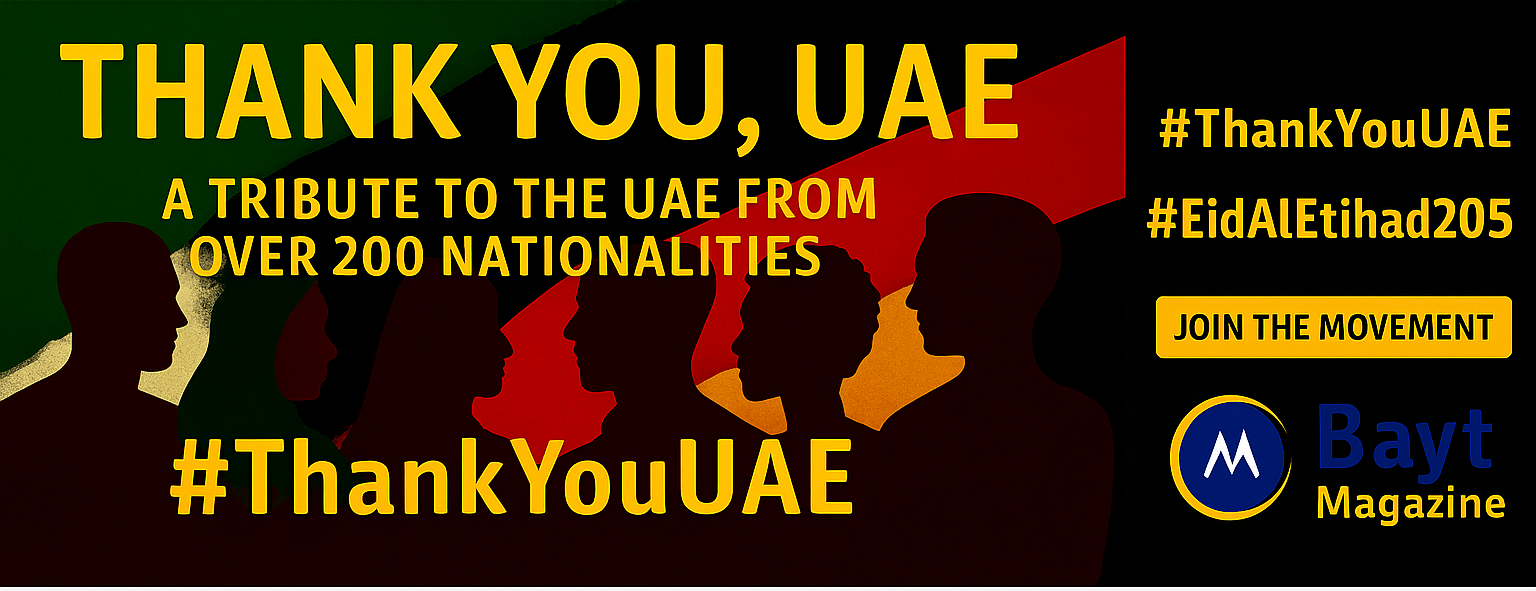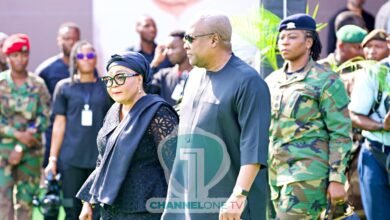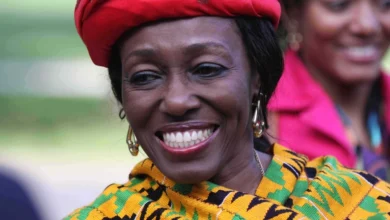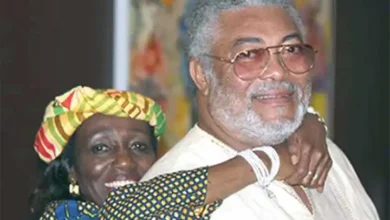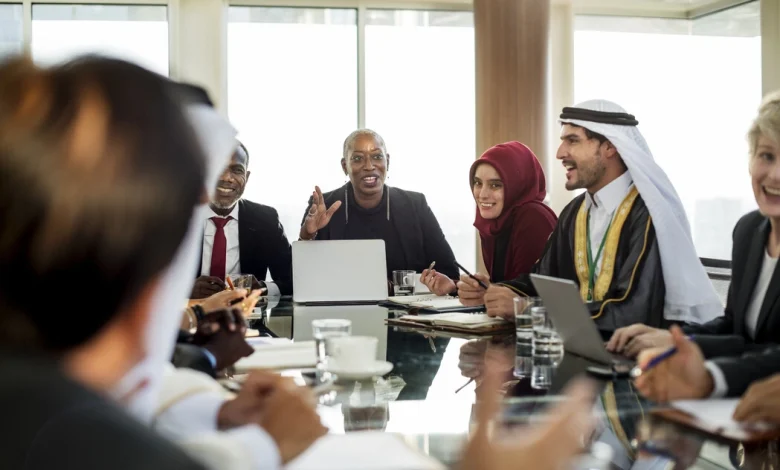
Sociology of Diversity — how 200+ nationalities create one community.
The UAE showcases an incredible display of global diversity. More than 200 nationalities call this Gulf nation their home. The numbers tell an amazing story – UAE nationals make up just 20% of the population and barely 5% of the workforce. Citizens represent only 10-11% of the total population, while expatriates form the dominant 89% majority.
The country has evolved into a global melting pot where hundreds of nationalities thrive and enrich each other’s lives. This dedication to cultural diversity earned the UAE a prestigious seat at the UNESCO Intergovernmental Committee for the Protection and Promotion of the Diversity of Cultural Expressions from 2021 to 2025. The workplace reflects this multicultural spirit – 75% of employees welcome diverse leadership. Organizations like the Emirates Group lead by example with over 23,000 women making up 41% of their workforce.
This piece takes a closer look at how the UAE became a cultural diversity hub while keeping its social fabric intact. We’ll learn about the population makeup, government initiatives that promote unity, diversity’s role in workplaces and cities, and what this unique social mix means for opportunities and challenges ahead.
The UAE’s Demographic Diversity: A 2025 Snapshot
Image Source: Global Media Insight
The UAE stands out as a remarkable example of global diversity in action. A closer look at the demographic makeup in 2025 reveals the story of a nation that thrives on its multicultural foundations.
Population breakdown by nationality
Expatriates make up most of UAE’s population mosaic. The Indian community leads in numbers among expatriates, with Pakistanis, Bangladeshis, Filipinos, and Iranians following suit. Europeans, Australians, North Americans, and Africans represent smaller yet vital segments of the population.
These diverse communities have created something unique – they keep their cultural identities alive while embracing their host country’s national character. Each emirate shows different population patterns. Dubai and Abu Dhabi showcase the most diverse mix of nationalities, while the northern emirates maintain a more traditional Arab population base.
Key migration trends shaping the UAE
Multiple factors draw people to the UAE. The country’s economic landscape attracts both skilled professionals and laborers. The UAE’s position as a global business hub brings talent from every corner of the world.
The government has rolled out new visa reforms to attract entrepreneurs, investors, and specialized professionals. The post-pandemic recovery has brought fresh waves of migration. People from South and Southeast Asia have moved here in large numbers, along with those leaving countries facing political or economic challenges.
How 200+ nationalities coexist in daily life
UAE’s diversity shows up in everyday life naturally. Schools buzz with children from dozens of nationalities. Students often come together for international days where they proudly show off their heritage through food, clothing, and cultural performances.
Public spaces paint a vivid picture of this multicultural reality:
- Shopping malls blend global retail brands with local boutiques
- Restaurants offer dishes from around the world
- Religious facilities welcome various faiths, with churches, temples, and mosques serving their communities
All the same, this diversity works within a framework that honors local customs. To name just one example, during Ramadan, everyone follows public etiquette about fasting, whatever their personal beliefs. This balance between cultural expression and mutual respect serves as the life-blood of UAE’s thriving multicultural society.
Government Policies That Promote Unity in Diversity

Image Source: Wiley Online Library
UAE’s remarkable diversity exists because of well-planned policy frameworks that encourage inclusion and harmony. A complete legal architecture protects residents’ rights whatever their background, creating an array of cultures.
Anti-discrimination and equal rights laws
Federal Decree Law No. 34 of 2023 serves as the life-blood of UAE’s inclusive policies. This law explicitly prohibits discrimination based on religion, belief, race, color, ethnic origin and gender. The 2023 legislation replaced its 8-year old predecessor and brought improved protections against hatred and extremism. Violators face imprisonment of at least one year and/or fines between AED 500,000 and AED 1,000,000.
UAE’s Labor Law adds strength to these protections through Article 4, which prohibits:
- Discrimination based on gender, race, color, religion, national origin, or disability
- Forced labor in any form
- Women’s job termination due to pregnancy
The UAE passed equal pay legislation in 2018 to ensure women earn the same wages as men for identical work. Federal Law No. 29 of 2006 safeguards people of determination and guarantees equal opportunities in education and employment.
Cultural awareness and education programs
UAE goes beyond legal frameworks by investing in cultural education initiatives. The government runs structured Cultural Awareness Training programs that help residents and newcomers understand local expectations, communication styles, and business practices. Educational institutions place multiculturalism at the heart of their curricula with courses on culture, heritage, and national identity.
The role of the Ministry of Tolerance
The 7-year old Ministry of Tolerance, renamed to Ministry of Tolerance and Coexistence in 2020, stands without doubt as the centerpiece of UAE’s diversity strategy. His Excellency Sheik Nahyan bin Mubarak Al Nahyan leads the ministry’s programs to encourage respect and mutual understanding.
UAE declared 2019 as the “Year of Tolerance” with five key pillars: deepening tolerance values through youth education, strengthening UAE’s position as the global capital for tolerance, implementing cultural programs, developing legislative frameworks, and promoting tolerance through media initiatives. Pope Francis’s historic first visit to the Gulf region marked this year. The visit culminated in the signing of the Human Fraternity Document with Dr. Ahmed Al Tayeb, Grand Imam of Al-Azhar.
How Diversity Shapes UAE’s Workplaces and Cities
Cultural diversity pervades UAE’s daily life and shapes workplace dynamics and urban development naturally. This blend of cultures creates environments where diversity becomes real and practical, not just theoretical.
Inclusive hiring and leadership practices
UAE businesses see diversity as their competitive advantage. Companies now use blind recruitment processes that remove identifying details to prevent bias. Leadership programs also feature cultural sensitivity training that helps managers lead teams from different backgrounds effectively.
Cultural diversity in urban planning
UAE’s urban planners design new developments with everyone’s cultural needs in mind. The plans accommodate religious practices, cultural priorities, and lifestyle requirements. City layouts mirror their multinational residents, as distinct neighborhoods grow naturally around specific cultural communities.
Public spaces designed for multicultural interaction
UAE’s public areas act as cultural melting pots. People from different backgrounds come together at parks, beaches, and community centers. These spaces feature signs in multiple languages, diverse food choices, and facilities that work for various cultural practices.
Examples from Dubai and Abu Dhabi
Dubai’s Global Village stands as the most visible celebration of cultural diversity, with pavilions from over 75 countries each year. Abu Dhabi’s Corniche offers a relaxed space where people of all nationalities enjoy activities together. The Louver Abu Dhabi showcases exhibitions that highlight cross-cultural connections and shared human experiences.
Challenges and Opportunities of Cultural Diversity in UAE
Image Source: LinkedIn
Life in UAE’s multicultural society creates unique challenges and remarkable opportunities that shape daily interactions nationwide. The harmonious coexistence of more than 200 nationalities brings both complexities and advantages to the region.
Language and communication barriers
UAE’s healthcare sector employs about 97% expatriates, which leads to substantial language challenges. Many UAE nationals and Arab populations struggle with English—the primary healthcare system language—which creates communication gaps between medical staff and patients. Language barriers also affect business dealings where English serves as the common business language. Government agencies have started using Asian languages in their official communications, and Abu Dhabi’s labor courts now accept Hindi along with Arabic and English.
Balancing tradition with modernity
Young Emiratis must guide themselves through a complex cultural world—57% want to preserve traditional values while 43% lean toward modern values. Arabic language remains vital despite English’s growing role in education and business. This delicate balance affects family structures, gender roles, and social interactions as Emiratis keep their core traditions while adapting to global changes.
Benefits of cultural diversity in UAE’s economy
Workforce diversity brings clear economic advantages. Companies ranking in the top quartile of racial/ethnic diversity showed 35% higher financial returns compared to their national industry median. The multinational corporate environment has helped spread languages like Hindi, Tagalog, Tamil, and Urdu. This international business climate attracts global companies and encourages innovation.
Social cohesion and mutual respect
UAE actively encourages social harmony through targeted initiatives. The Department of Community Development launched its social cohesion campaign in five languages—Arabic, English, Persian, Urdu and Tagalog—to connect with all community segments. Interfaith dialog serves as the life-blood of social cohesion, and UAE has donated land for worship houses where followers freely practice their religious rituals. The country’s success shows in its track record—the last 50 years have not seen a single case tied to religious or racial motives.
The UAE shines as a remarkable global example of cultural integration. Over 200 nationalities create a unified community even though citizens make up just 10-11% of the population. This unique mix works because of well-thought-out government frameworks, especially through anti-discrimination laws and programs from the Ministry of Tolerance and Coexistence. Dubai’s and Abu Dhabi’s multicultural influences shape everything from city planning to how people work together.
Managing cultural diversity comes with its challenges. Healthcare providers face language barriers, and young Emiratis balance traditional values with modern life. These challenges are nowhere near as significant as the advantages they bring. Companies with diverse teams show better financial results, and the international business climate attracts global corporations and promotes state-of-the-art solutions.
Strong social bonds grow through well-laid-out programs in multiple languages. The country’s interfaith dialog respects everyone’s belief systems. UAE has showed that diversity and unity can work together as complementary forces with thoughtful policies and mutual respect.
Without doubt, UAE’s way of welcoming diversity while keeping its cultural identity teaches valuable lessons to other nations. The smooth coexistence of more than 200 nationalities shows that societies can succeed not despite their differences but because of them. UAE serves as a living example of multiculturalism, where diversity builds the foundations for innovation, economic growth, and social harmony rather than causing division.


